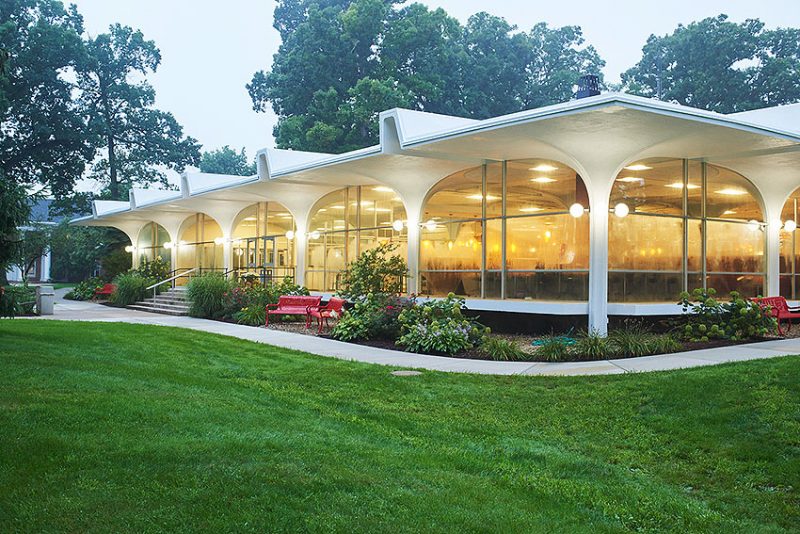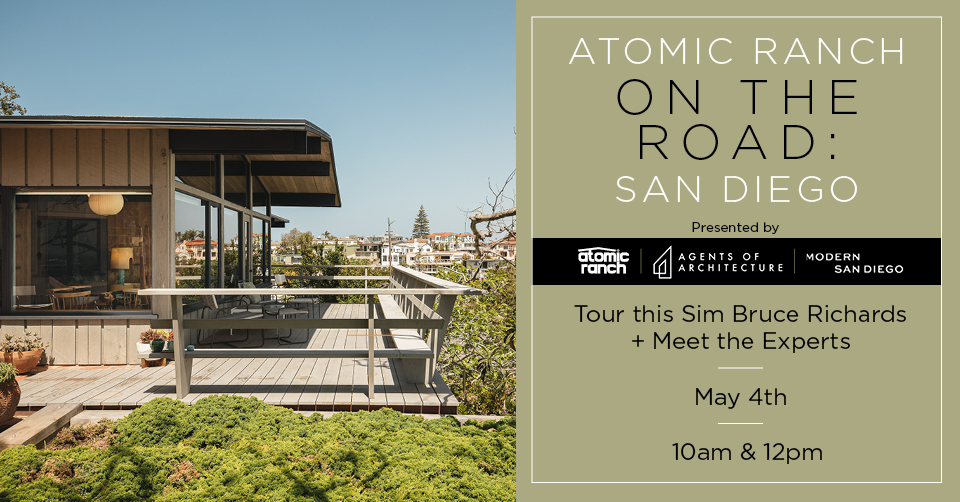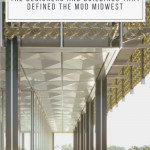The 1950s were a time of innovation across the country, and the Midwest was no exception. Advances in technology meant mass production was becoming more and more popular. Automobile and factory work in Michigan was helping to shape North America’s trends and lifestyles. All this factored into the particular brand of Michigan modernism.
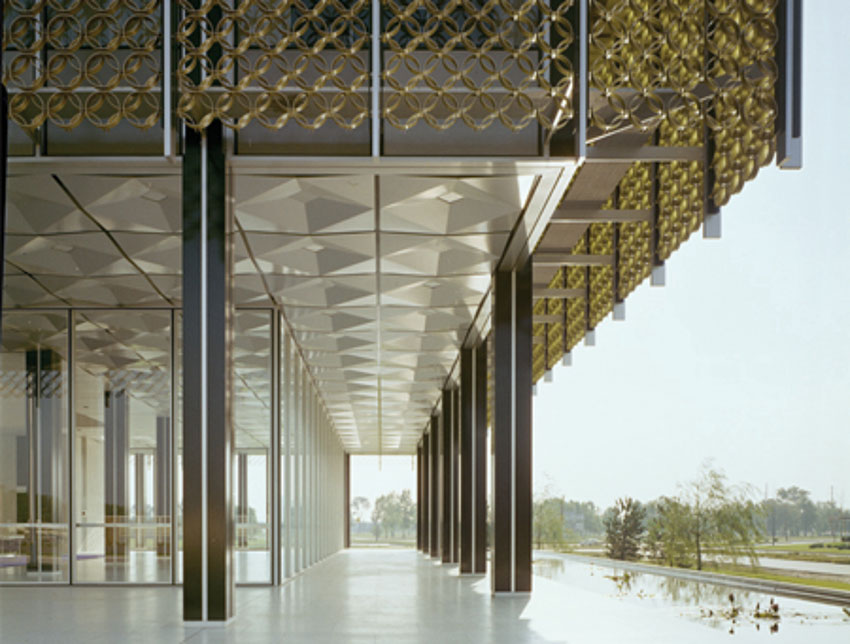
Michigan Modern: Design that Shaped America by Amy Arnold and Brian Conway, takes a close look at this iconic time period—zeroing in on how one state managed to make its own mark on the era.
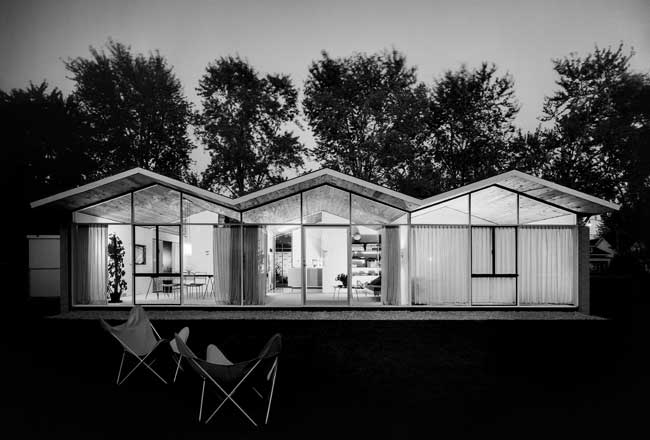
The Minimalist Trend
Modernist architecture’s approach to home design is well-suited to the region. With its sunning landscape, the Midwest is a perfect setting for walls of windows that take advantage of natural light and bring the outdoors in. Amy and Brian note the contrast between the predominantly neutral hues on the state’s mid mod home exteriors, set against the bright green of their surroundings. Michigan’s famed Kessler house, built by architect William Kessler for his family in 1959, stands as evidence of the state’s mid mod proclivity, embodying the minimalist trends of the midcentury.
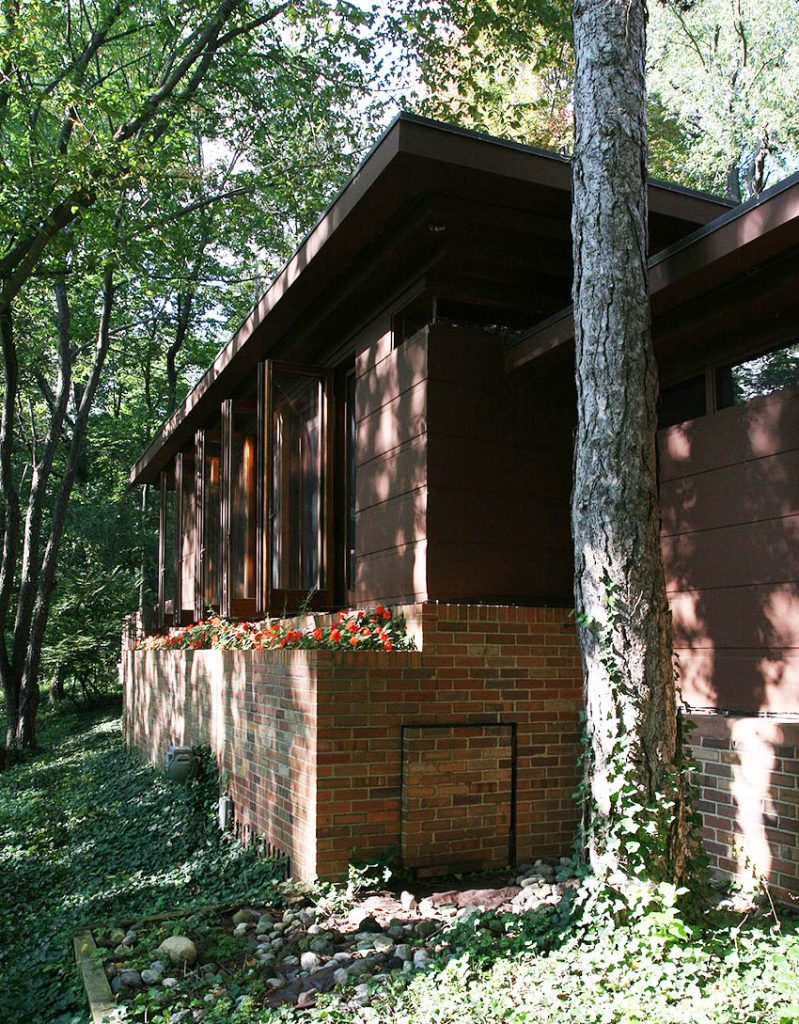
The Artists
For many of the big players in Midcentury Modern architecture, taking functional design ideas and mixing them with innovation was what made a home unique. The creative genius behind the Goetsch-Winckler house exemplifies this.
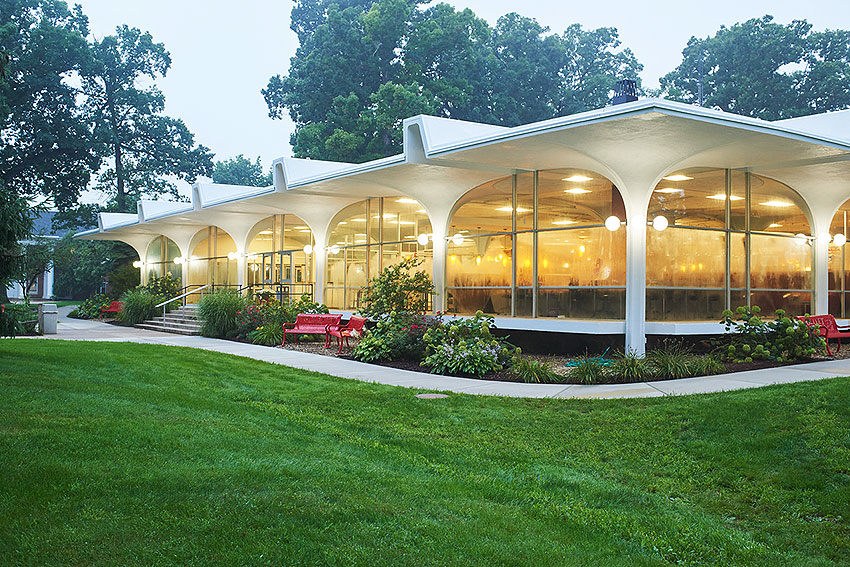
Alma Goetsch and Kathrine Winckler, professors from the art department of Michigan State University, asked Frank Lloyd Wright to build a community of modernist homes. While he wound up building just theirs, he defied odds—and suggestions from the Federal Housing Administration—to create a magnificent and architecturally astonishing home. Although the home continues to stand as anything but simple, the Goetsch-Winckler house proves that basic materials can yield a unique modernist masterpiece.
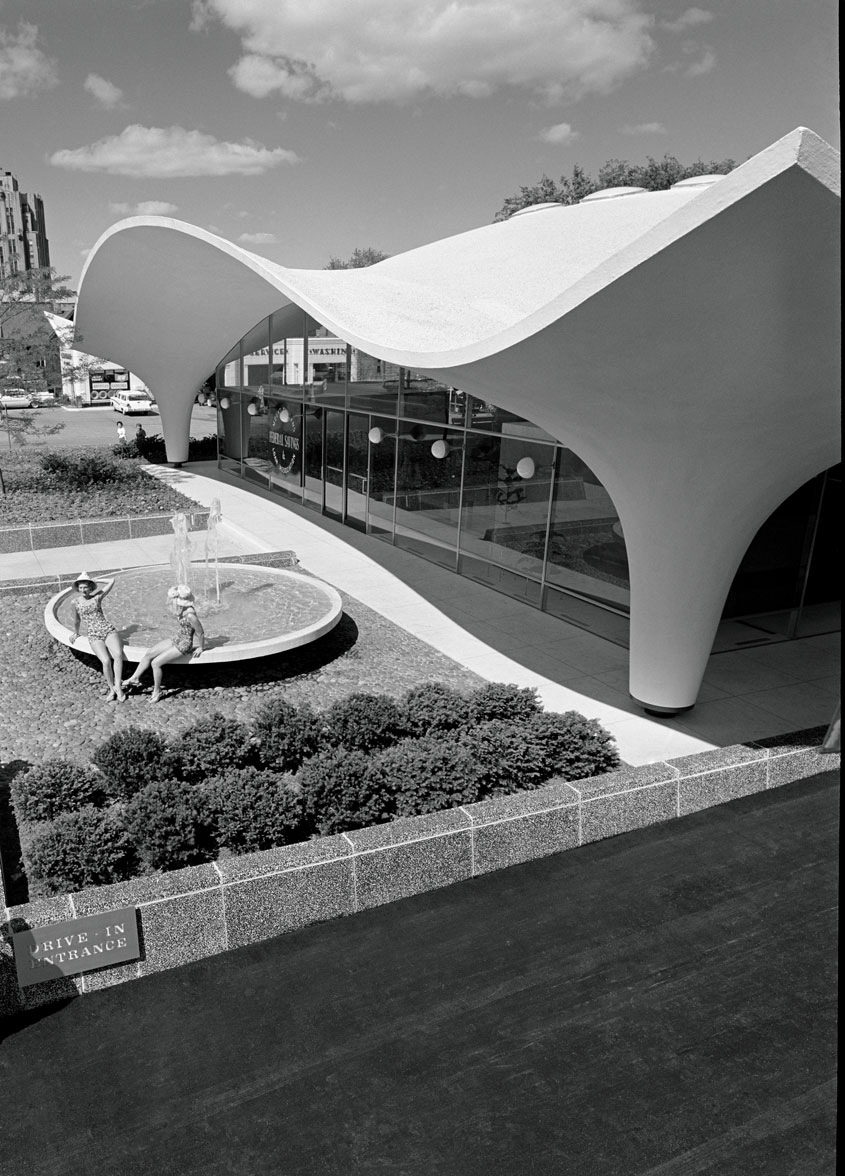
Michigan’s modernist architecture had another creative advocate—Balthazar Korab. Trained in architecture in his native Hungary, Korab immigrated to Michigan and delved into photography. According to Amy and Brian, this new art form helped Korab and the other designers he worked with to make masterful architectural pieces. His photography became an indispensable asset. At the time, it helped to further the vision of a design as well as accurately portray the unique finished works, and, today, to preserve the same buildings.
The Simplicity
Home to automotive and furniture makers, designers and architects, as well as the University of Michigan and Cranbrook Academy of Art, Michigan’s approach to Midcentury Modern style was all-encompassing. Simple materials took on new form—from crisp lines to sharp angles—creating homes, buildings, artwork and more that showcased the modern advancements of not only the state, but the country in the 1950s.
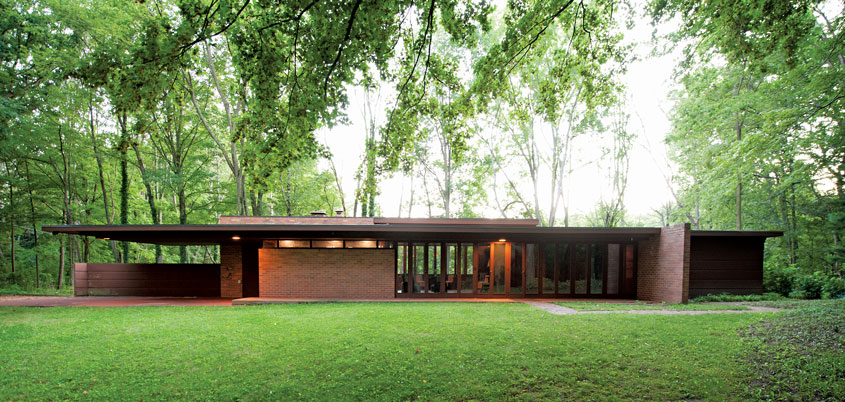
Read more about modernism across america with this post about Northwest Regional Style:The Mid Mod Of The Pacific Northwest or this post about Desert Modernism.
And of course, don’t forget to follow us on Instagram, Facebook and Pinterest for more Atomic Ranch articles and ideas!

